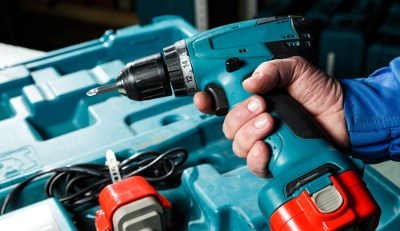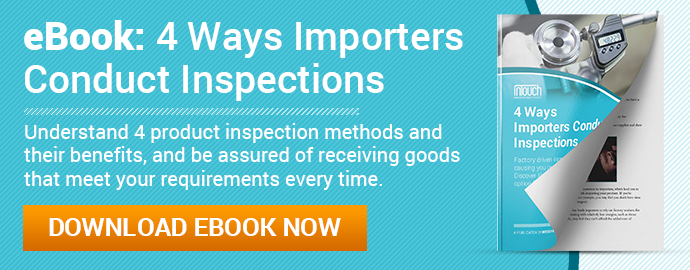 Power tools are essential to an efficient and successful home improvement project. They save you time and energy by using an energy source such as electricity or a combustion engine.
Power tools are essential to an efficient and successful home improvement project. They save you time and energy by using an energy source such as electricity or a combustion engine.
But because they're powerful machines, power tool manufacturers need to comply with strict product safety standards to protect their customers and their brand.
Different machines and different markets require your product to adhere to different standards. When you develop your power tool quality control program (related: Power Tool Inspection Protocols), it's important to ensure your product meets the appropriate, internationally recognized standards.
Power tool safety standards
Some of the most commonly used safety standards in power tool inspection are:
- ANSI B175 -- this set of standards applies to outdoor hand-held power equipment, including grass trimmers, blowers, brushcutters and chainsaws.
- ANSI B165.1-2013 -- this American safety standard is for power-driven brushing tools.
- ISO 11148 -- this international standard is used for hand-held, non-electric power tools, such as cutting-off and crimping power tools, drills & tappers, percussive power tools, grinders, sanders & polishers, saws, shears and compression power tools.
Power tool vibration inspection testing
These test methods determine the degree of vibration produced by power tools like drills and impact wrenches. Vibration levels outside of the required tolerance indicate product malfunction and could be hazardous for consumers.
- ISO 28927 -- use this international standard when measuring the vibration at the handle of hand-held, portable power tools.
- ISO/TS 21108 -- apply this international standard to the dimensions and tolerances for the socket interface of hand-held power tools
Power tool noise inspection testing
Many power tools produce noise at levels that are unsafe for consumers. The following standards help power tool manufacturers determine if their products' noise is at an acceptable decibel level for consumer use. Hearing damage or loss can occur as a result of distributing a product that fails noise inspection testing.
- ANSI/ASA S12.15 -- this American standard provides testing guidelines for the sound levels produced by electric power tools.
- ISO 15744 -- this international standard applies to measuring the noise emission from hand-held non-electric power tools.







